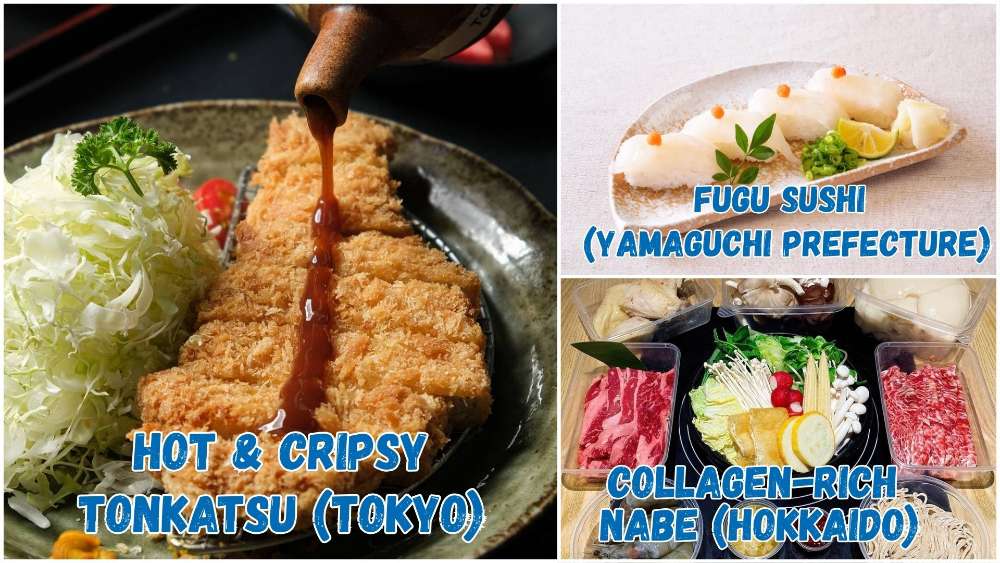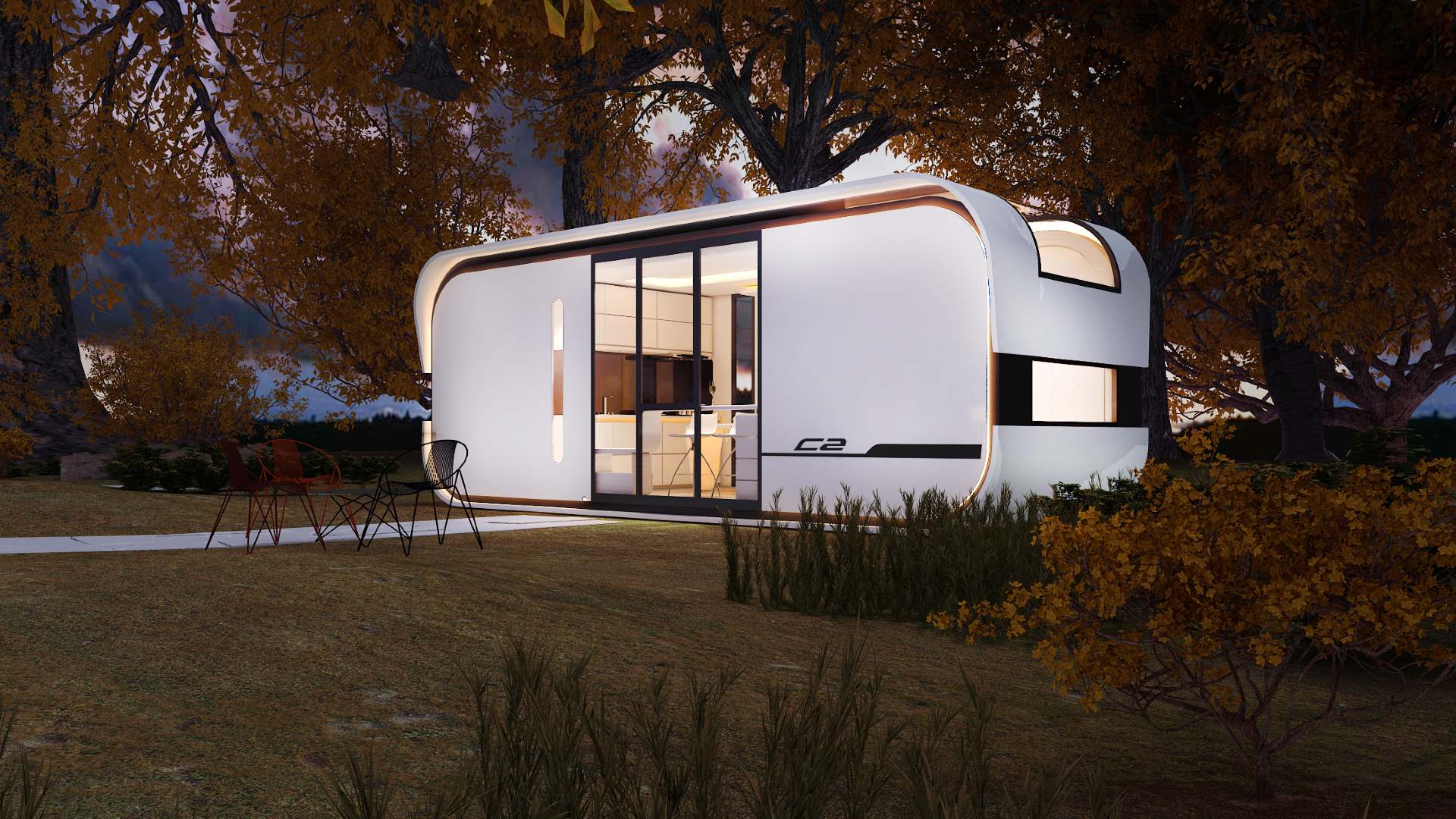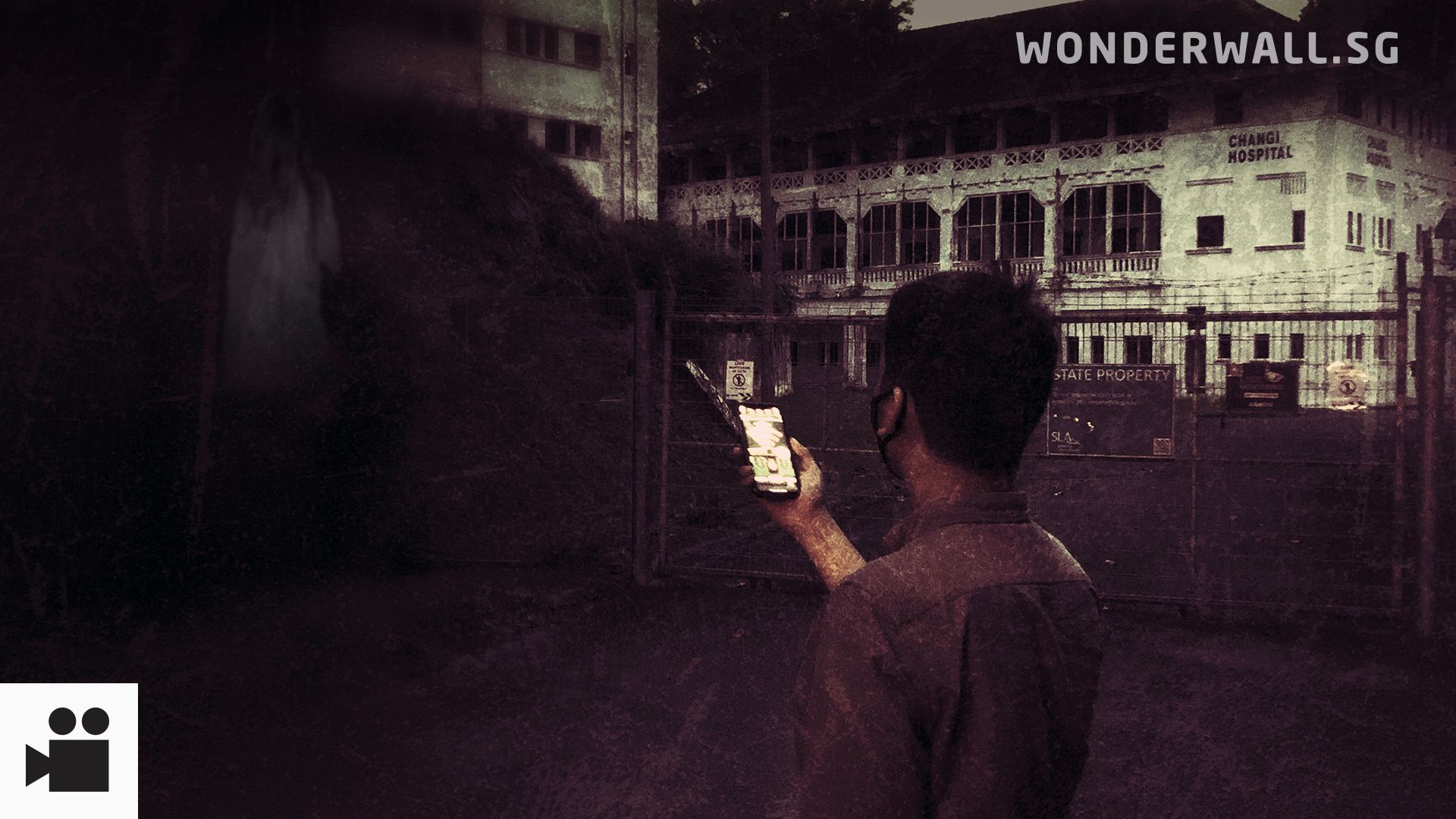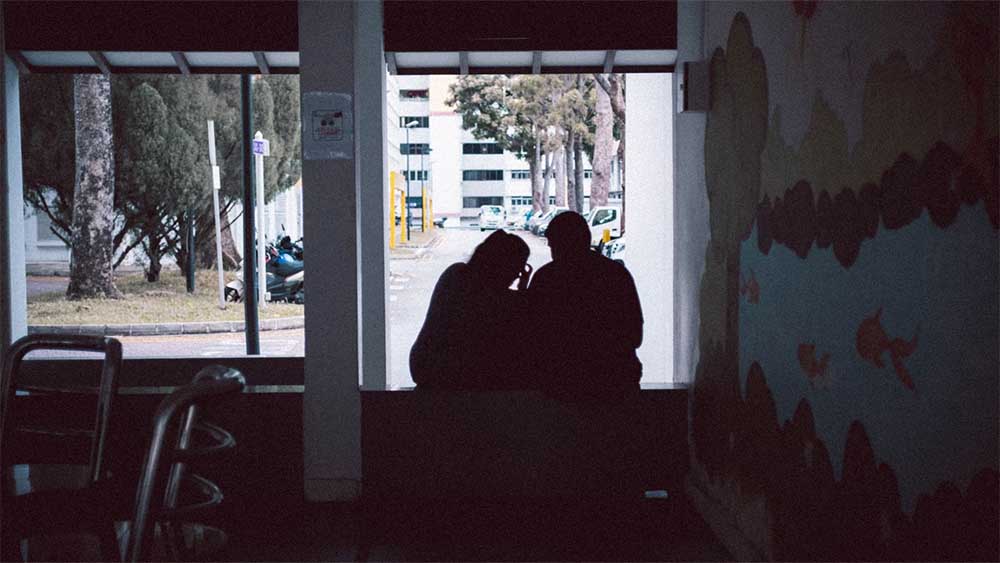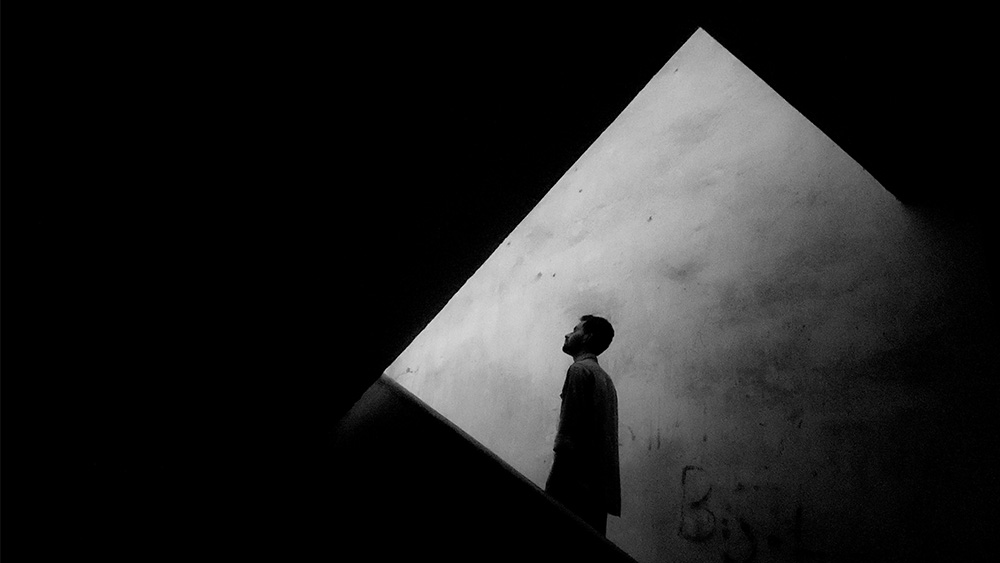If We Survived CB, We Can Live In This Tiny Home Right?
If you’ve been binge-Netflixing like us for the past year, you might have you watched the series “Tiny House Nation”, in which design experts help families prepare for the tiny lifestyle by creating mini homes in spaces under 500 square feet.
The tiny house movement took off after the financial crisis in 2008 when many young people decided to build affordable compact homes. Tiny homes are particularly popular in the US, Australia and New Zealand.
But here in Singapore, not many know that we have our own brand called Nestron that sells fully furnished prefabricated tiny homes.
After conquering the Circuit Breaker and having lived in small spaces all our lives, could the perfect and most economical housing solution for us in land-scarce Singapore be Nestron’s bestselling Cube Two (or C2)?
We answer six questions we know you will ask, and show you why this smart tiny home just works.
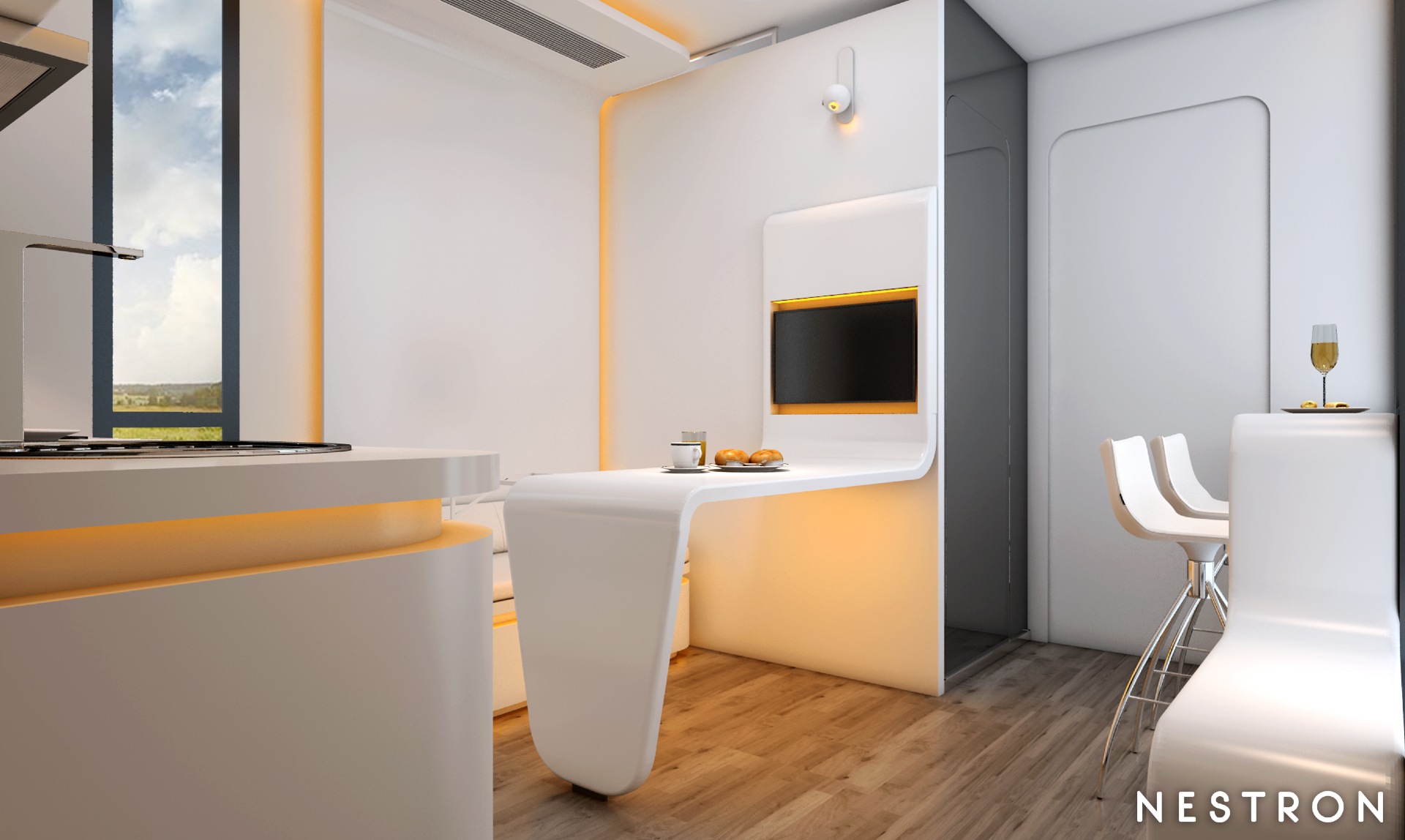
It looks like a spaceship. Can really live inside meh?
C2 is 8.7m long, 3.4m wide and 3.1m tall. At 26sqm, it is slightly smaller than a one-room flat in Singapore. Yet it is fully ready for you to move into upon delivery.
It has a living room, kitchen, bathroom, bedroom, and bar counter. Its furniture, which comes built-in and is included in its price, includes a range hood and sink in the kitchen; dining table and sofa in the living room; and a bed rack, wardrobe, and counter in the bedroom. The bathroom has a shower, towel rack, and basin.
The washing machine, refrigerator, air-con and stove are smart-home appliances that are all connected and controlled by Artificial Intelligence (AI) assistant Canny. Its AI features include light controls of different hues, automatic blind openers and digital locks.
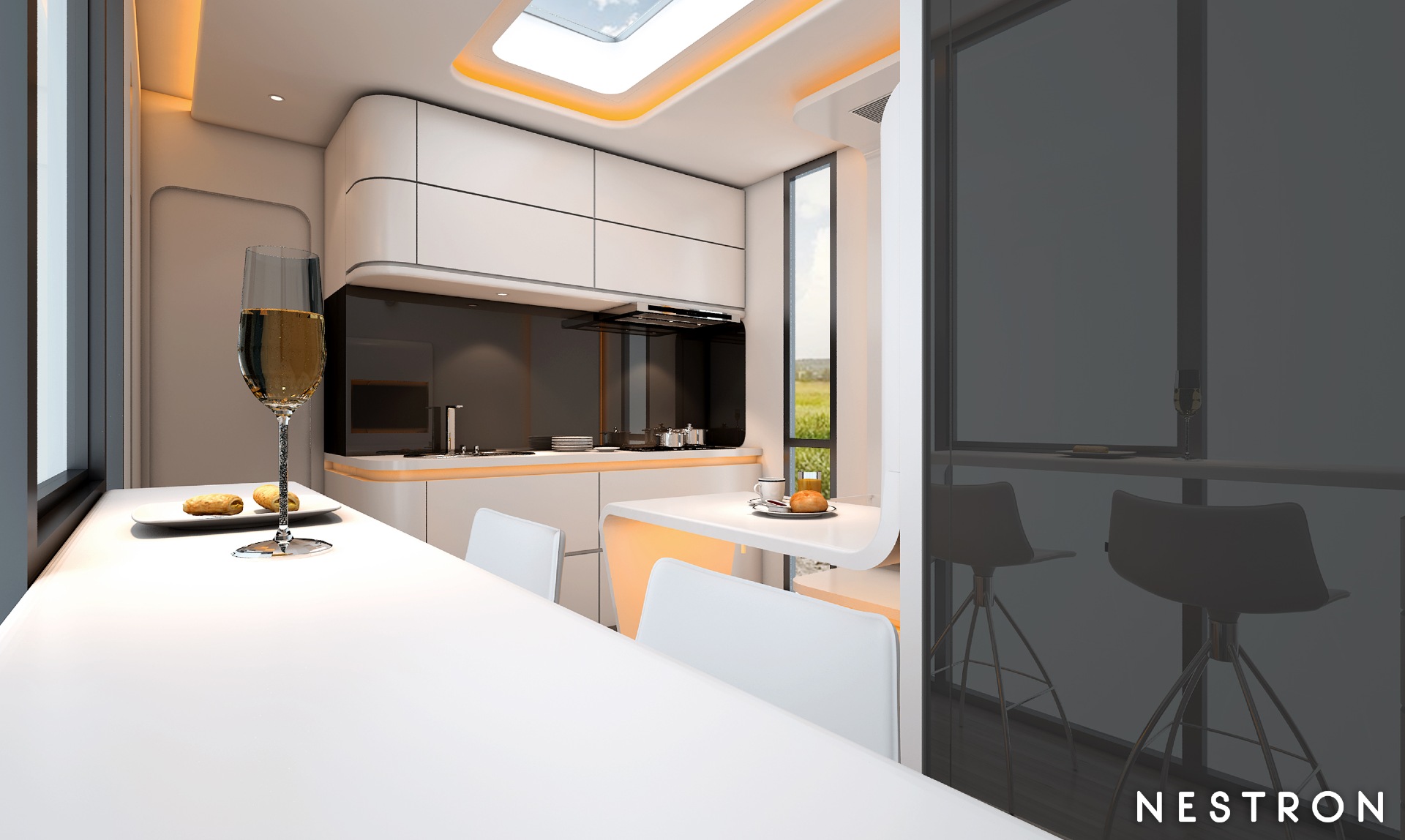
Who says cannot fit a family? Can!
If you thought the C2 was made only for solitary living, think again. Designers of this small space have cleverly maximised every nook and cranny to accommodate a 3- to 4-member family. Nestron says the Cube Two increases usable space over a traditional house by 15 per cent.
“It was designed with an open concept and a bigger living room area for more entertainment and fun-time activities with your loved ones,” says Choco Toh, Nestron’s media spokesperson. “We also designed a special skylight dome for Cube Two, allowing families to share the fun of star-gazing and satisfy children’s curiosity of nature and the universe.”
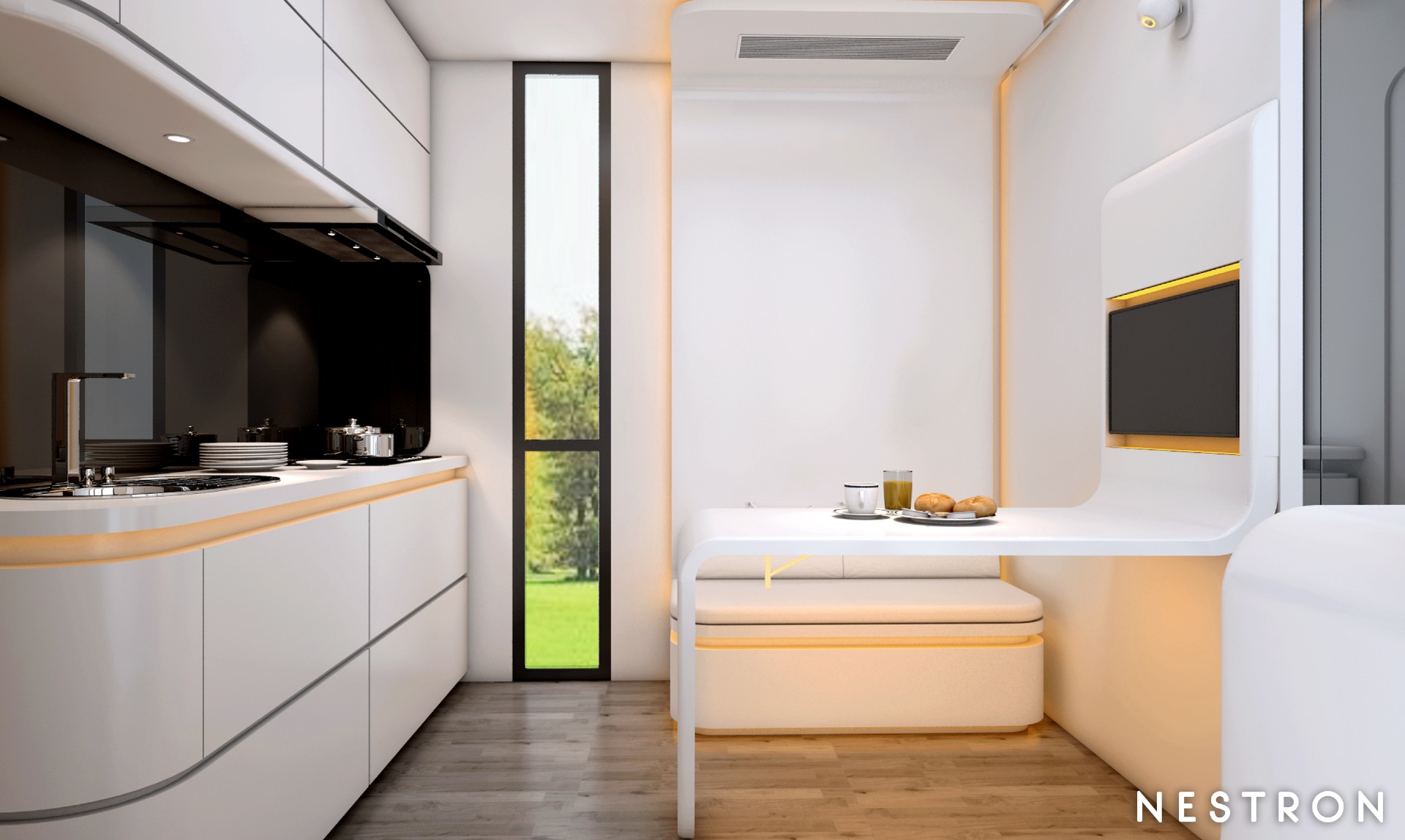
Solid ah! But really got people buy this?
According to current trends, the highest demand for products by Nestron come from the US, Canada, Japan, Australia and the EU region. Lately, according to Choco, demand is rising in Africa and Asia. More than 50 per cent of Nestron’s clients are from the US who place the tiny homes in all sorts of places – anywhere from farms to backyards – and the C2 is the most popular product among Nestron’s clients.
Says Choco: “A house is not determined by its size, but its function. We believe that tiny houses are on the rise because people are looking to adapt their lifestyle to suit the modern age. The new generation is looking for a mortgage-free option to suit their housing needs and people are getting more aware of how traditional housing contributes to the carbon footprint, and thus, they are looking for a better, greener option.
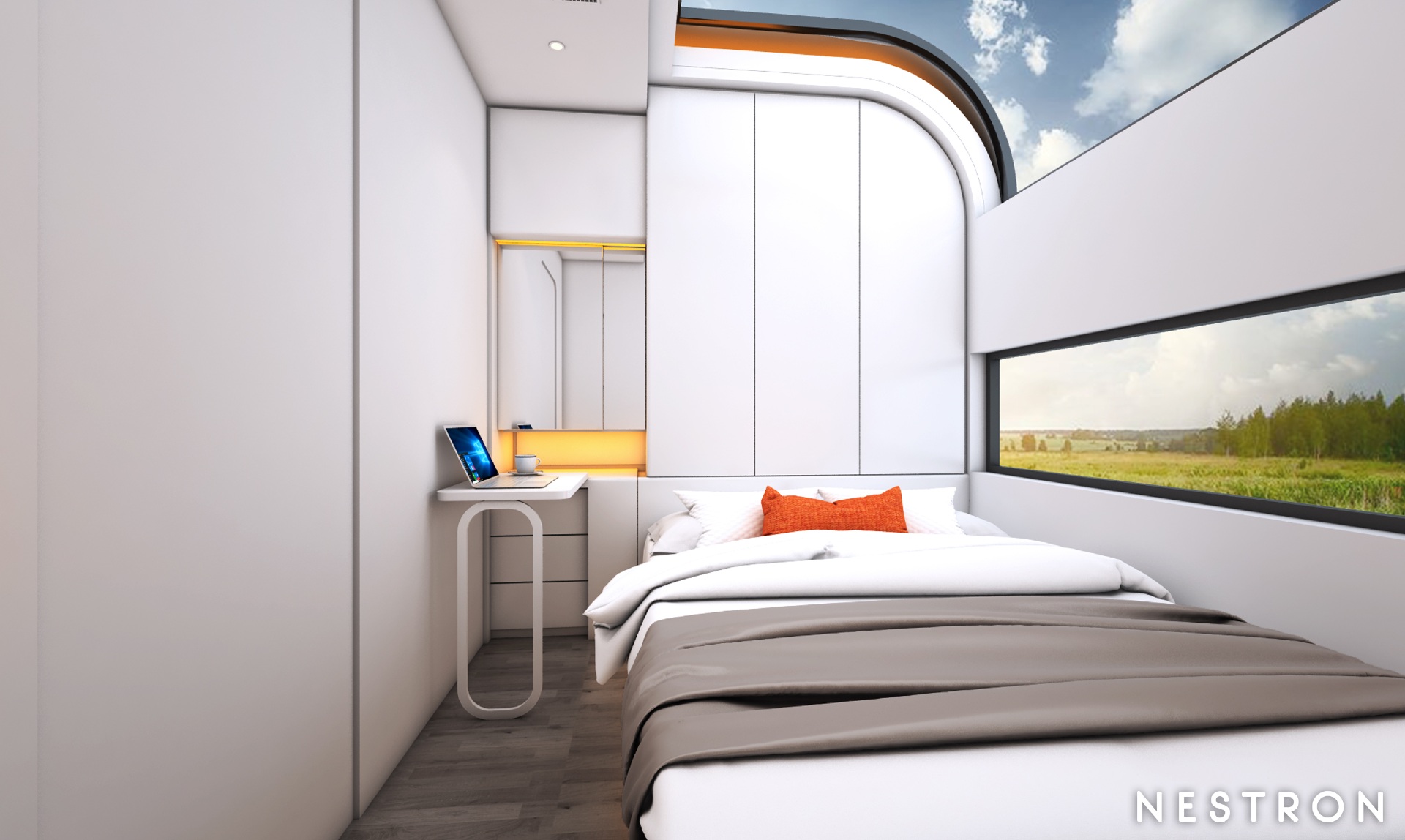
Can a Singaporean buy the C2 and live in it here? (Sorry, BTO-makers!)
“We have many potential clients that are based in Singapore. However, they are required to apply for the permit with the local government. We are more than willing to help those who need our products in this process by providing them with relevant documents for them to acquire the approvals. But from our experience, it is not a difficult process and most of our clients overseas are able to do it,” says Choco.
“But in the end, we will still need the government’s support. So far, this has not been used in Singapore but we are in the midst of negotiation with a few parties and we believe that our products will reach the Singapore market very soon.”
She adds that many governments overseas, such as those in the UK and the US, have approved it as a housing solution for those in the low-income bracket as well as other residents.
“We want to provide a solution towards the global housing crisis, and a more effective and affordable option for those in need,” says Choco.
“How Nestron was founded was when the team saw how the people of Papua New Guinea, desperate for shelter from bad weather, would build sheds from wood logs or thatches to protect themselves. The team decided to design a solution by having houses 100 per cent pre-fabricated in factories, and then shipped to where they were needed, hence minimising delays and other issues on the ground.”
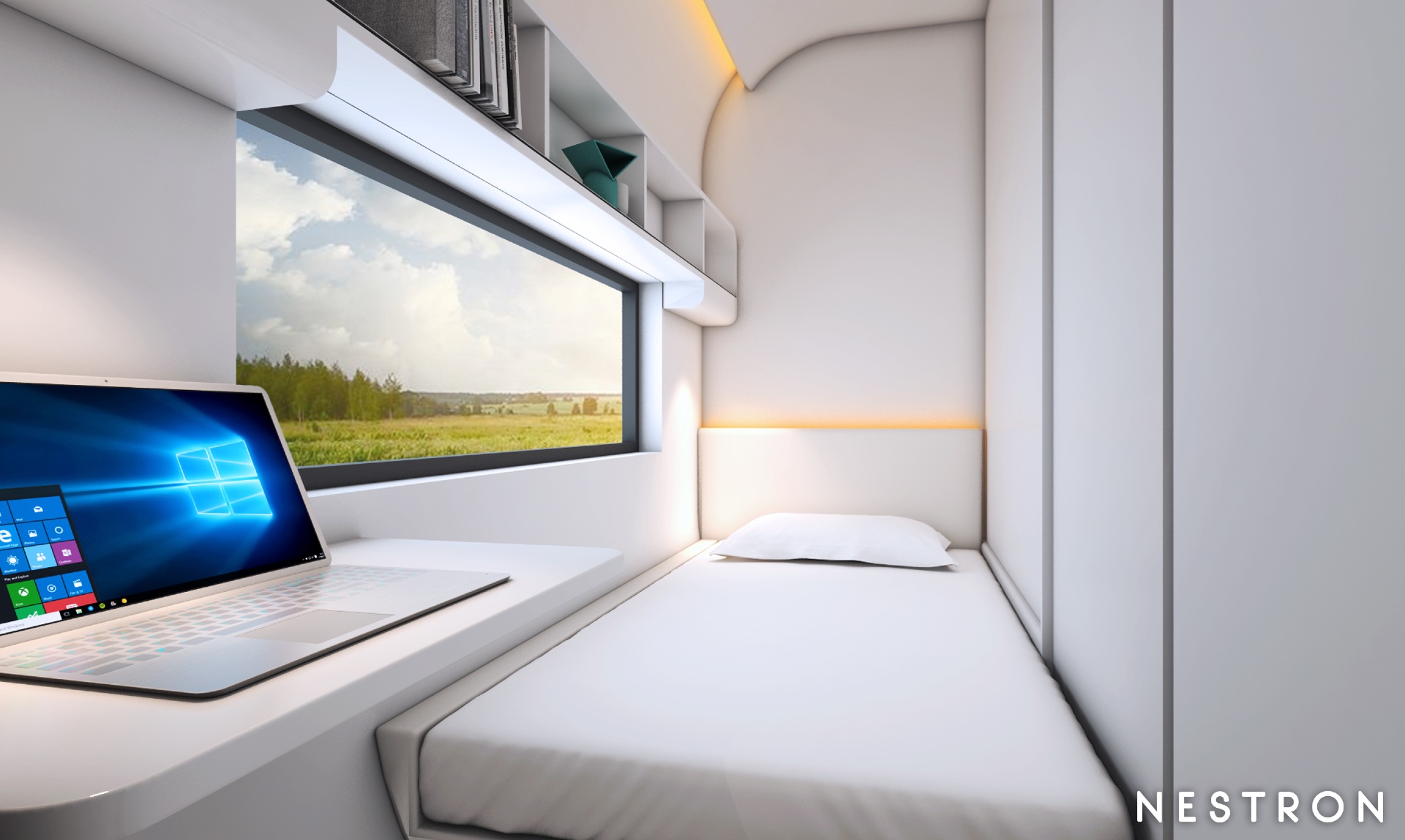
How do you ship an entire house, complete with furnishings, to different parts of the world?
According to Choco, the C2 (which weighs about 5,500kg) is simply boxed up, placed on a simple rack that secures the product during shipment, and covered with a sheet.
“Since the home is made out of steel, it is able to withstand constant shaking and rumbling while being shipped on the seas. We also have a 15-year warranty on the homes so that our clients know that their new homes are built to last,” she says.
“We have manufacturing sites in Tianjin, China and Johor, Malaysia, and are planning to build manufacturing sites in the EU and the US. So, depending on where our clients are, their products will be assembled at different sites.”
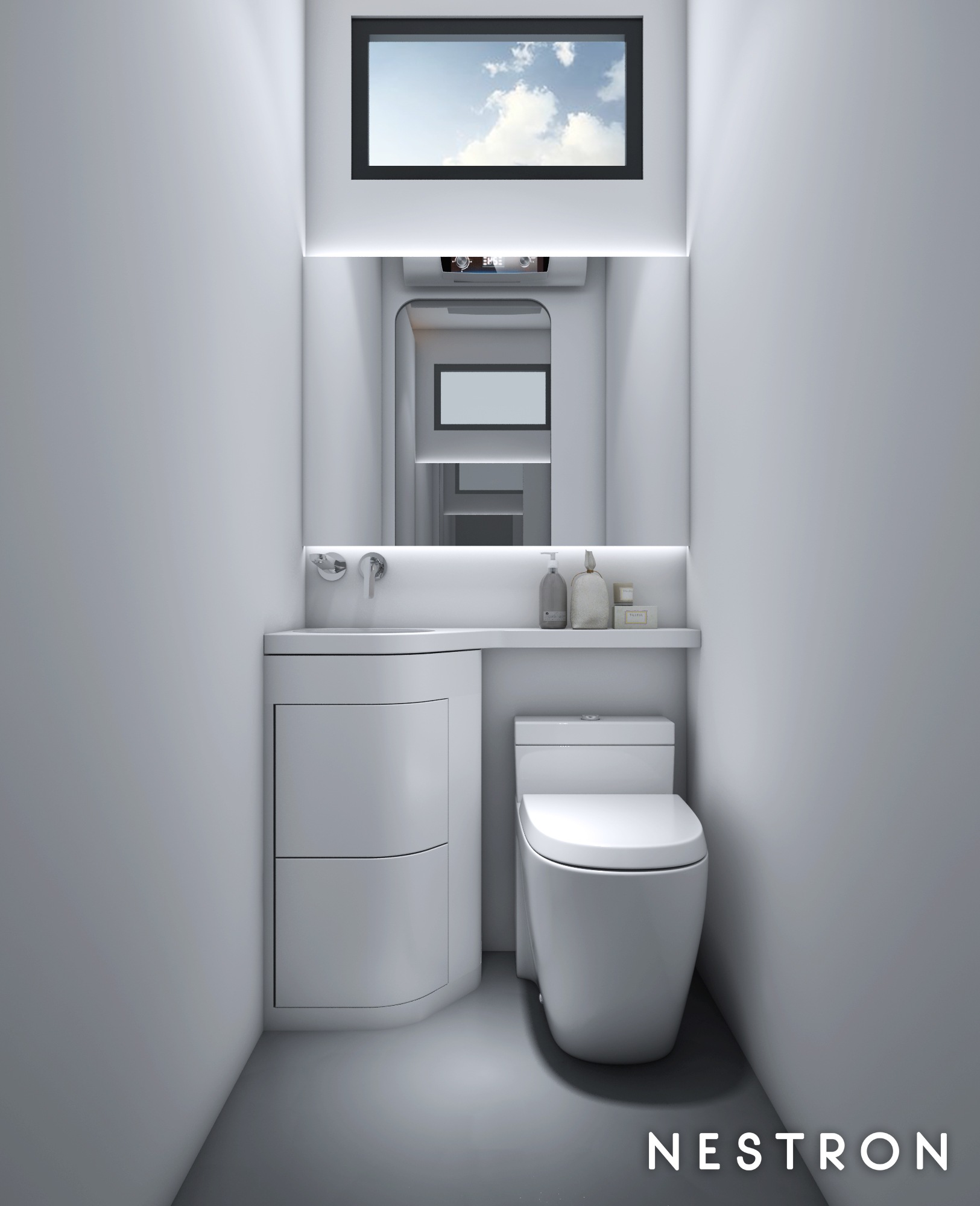
So… how much ah? Is shipping very ex?
The starting price for a C2 is S$77,000, inclusive of shipping.
“Even during the pandemic, we are seeing a positive market growth in our client base as this pandemic is making people downsize their living style and habits. They need something that is affordable, convenient, and mobile. Our products are also built to create sufficient distance (between homes) which complies with the new normal of social distancing,” says Choco, who adds that there’s a plan to launch a showroom in Singapore this year, though that plan has been delayed due to the pandemic.
For the latest updates on Wonderwall.sg, be sure to follow us on TikTok, Telegram, Instagram, and Facebook. If you have a story idea for us, email us at [email protected].






